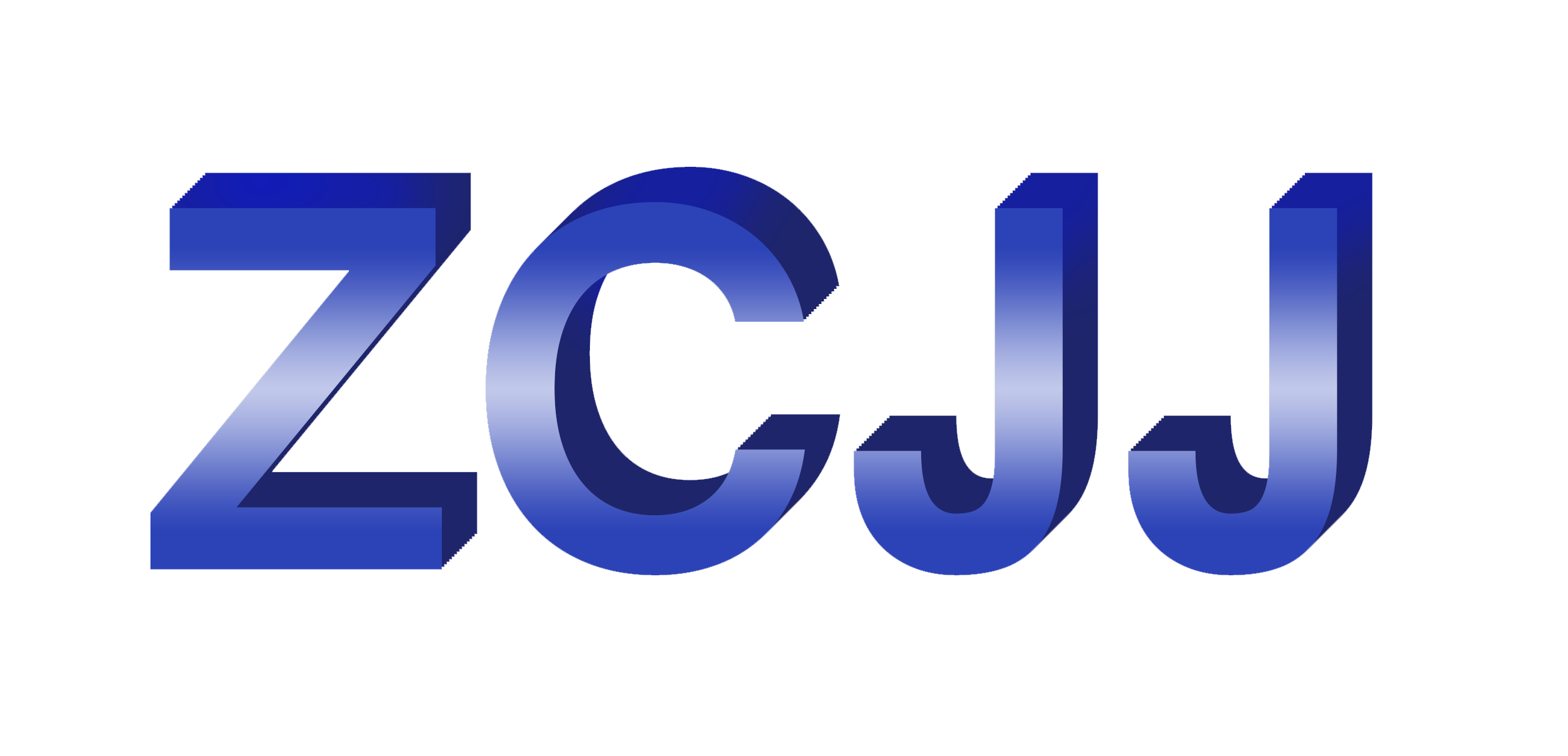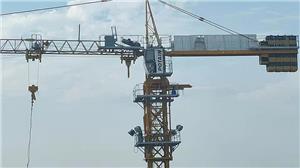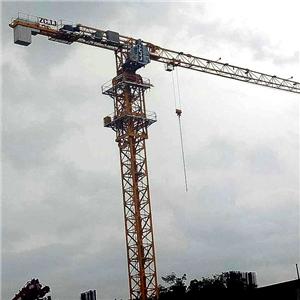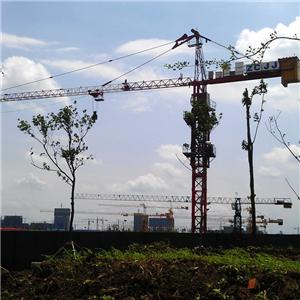the medium and large tower crane lifting speed adjustment method realized
How is the medium and large tower lifting speed adjustment method realized? The large and medium-sized towers have large bodies, poor stability, and relatively difficult management.
How is the medium and large tower lifting speed adjustment method realized, I summarized four ways for you, as follows:
Medium and large tower lifting speed adjustment method:
1, ordinary speed reducer
The multi-speed winding rotor motor with Eddy current braking has the disadvantage of large shift impact compared to the multi-speed mouse cage motor.
The multi-speed winding rotor motor with Eddy current braking can obtain softer M-n characteristics with string resistance, starting braking and gear switching. Stable, With a slow in-position speed, the rate can be greater than that of a mouse cage motor, which is generally 55-75kW.
This kind of speed regulation is simple in construction, easy to maintain and high in reliability.
After repeated exploration, the motor supporting plant successfully solved the heat dissipation problem of the eddy current braking winding rotor motor several years ago, which greatly improved the reliability of this speed regulation method.
At present, most of the domestic 8-12t lifting mechanism adopts this kind of speed adjustment method. However, this type of motor starting brake and shift still has a large peak current and impact, and the electrical control system is relatively complex. The large tonnage lifting mechanism above 16 T is generally not suitable for this speed adjustment method.
2, electromagnetic clutch
The gear reducer is equipped with a single-speed winding rotor motor with Eddy current braking. Its advantage is that the operation is more stable than the efficiency, and the speed adjustment ratio can be designed.
It has many disadvantages. First, electromagnetic clutches generally use domestically produced machine tools, with short life span and poor reliability.
Secondly, the clutch gear can not be dynamically changed in the air, otherwise it will fall. This is very dangerous; Finally, the cost of speed reducer is higher.
3, differential planet reducer
The sun wheel with a double motor planetary reducer is driven by one motor, the planet frame is driven by another motor via the planet deceleration, and the inner ring of the outer orbit is fixed on the lifting coil.
This is the structure of the differential planetary reducer. After the planetary system is determined to be a suitable parameter, the speed of the reel depends on the speed and steering of the two motors, which is fast in the same direction and slow in the opposite direction.
If it is a single-speed motor, each motor has three states of positive, reverse, and stop to match the other motor, so there are many speed gears. If you use a multi-speed motor, the speed file will be more.
This is the principle of differential speed regulation. The motor can be combined with mouse cage or frequency conversion, mouse cage for smaller tonnage, and mouse cage for larger tonnage.
This kind of speed regulation ratio is large, which can fully meet the requirements of heavy loading low speed, light load high speed, and high reliability, especially suitable for large tonnage lifting mechanism.
4, frequency conversion speed regulation
Frequency conversion speed regulation is the most advanced AC speed regulation. With the gradual decline of the price of the international frequency converter, the application of frequency conversion speed regulation technology is more and more extensive.
The domestic tower lifting mechanism has been applied for many years, with good results, but not widely used. Its advantage is that the slow positioning speed can be operated for a long time, the zero-speed braking can be achieved, the operation is stable and without impact.




